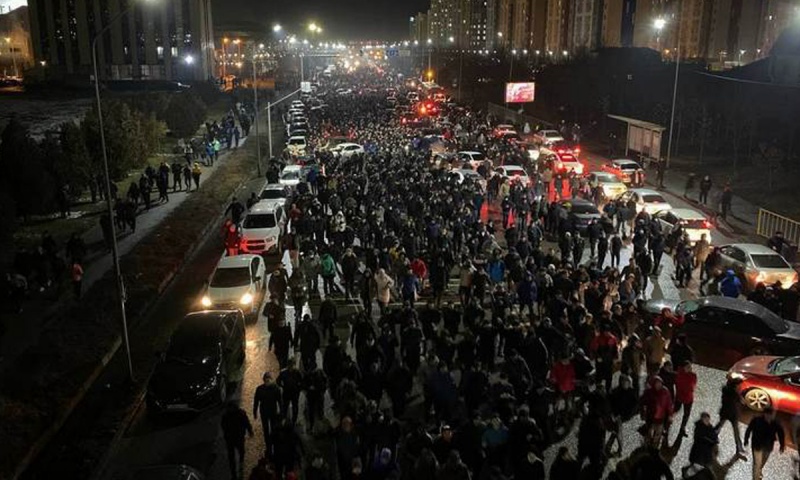
Shock and despair have become common in these difficult days for many people of Kazakhstan. In a short period of time, "showcase" intelligence services, "showcase" stability and security, "showcase" officials have shown their abilities and effectiveness... Peaceful demonstration in the absence of a systemic opposition, the ability of protesters to put forward their demands in an organized manner quickly lost their purpose, turning into a chaotic confrontation, conflict and lawlessness.
The lack of unity among the protesters, absence of leaders, the extreme level of conflict in society, the destructive actions of provocateurs led to an armed conflict, looting, clashes with the police and the military. There are still many answers to be found to the complex questions of the motives, decisions and actions of officials, the military, and the police in those dark days.
The period of the "anti-terrorist campaign" has not yet ended, but population, relatives of the victims, and the international community are waiting for answers to many questions that are of concern to the entire country today. But if the questions of the number of terrorists, foreign influence, the reasons of presence of weapons in the hands of protesters require an open trial and an objective investigation, then the socio-economic causes of poverty that prompted mass protests and riots can and should be discussed now.
It is obvious that, despite the officially declared external influence of destructive forces, main driving reason for the mass discontent of citizens, which forced the population to protest, was ordinary poverty, unemployment, rising prices, and desperate economic situation of rural residents in the regions.
You can look for, and, no doubt, find the external causes of the influence of criminals, provocateurs, the calls of radical leaders in social networks, but without attention to the problem of poverty, social misery, distress in the countryside, it is impossible to understand the causes of the protests and prevent repetition of same events in the future. It is impossible to hide and not notice that the majority of the protesters were young people from villages and small towns, regions of Kazakhstan, who cannot be called wealthy and satisfied with their economic situation.
Poverty has become a tradition and a natural condition of society of Kazakhstan. Almost all the years of independence, the government, statistical bodies, instead of a real fight against poverty, struggle for higher incomes, monitoring real minimum wages, was engaged in the easiest thing - playing with numbers and data for good and pleasant numbers of the absence of poverty as a phenomenon in general.
The government without shame, prescribed and still uses the outdated "absolute concept" of calculating the poverty rate, used in the most backward countries of the post-Soviet space. This concept considers it normal that people who receive 23,111 Kazakhstan tenge per month, that is, 70% of the minimum subsistence level, are not poor and, respectively, cannot ask for social assistance and state support.
But with this money a person must eat, somehow dress, live somewhere and raise his family. As a result, for decades in Kazakhstan, officially recognized poverty has been indicated at the level of 3-5% of the total population, which is about 1 million citizens of the country. While throughout the civilized world, the concept of “relative poverty” is used, where the goal is not to hide the number of the poor, but to search for citizens in need to provide them with assistance and support.
So if we take into account the median wages of the majority of citizens, then as a result, from 10% to 25% of the country's population can be considered poor. The comparative facts of the minimum wage also confirm difficult situation of Kazakhstan, that in warring Ukraine, without crude oil and natural gas, the minimum wage it is 6,500 Ukrainian hryvnias, or about 230 US dollars. In huge Russia, which is under Western sanctions, the minimum wage it is about $180, compared to $130 in Kazakhstan.
It was also difficult to find an even worse time for far-right economic reforms related to the formation of natural gas and other energy prices than the beginning of 2022. Citizens of Kazakhstan have only recently experienced the acute phase of the pandemic and the associated unemployment, lack of means of living, business bankruptcy.
The poverty of Kazakhstan has its own face and examples. Most often, these are large families with many kids, living in the countryside in the provinces, without higher education, with many loans and debts. However, unlike classical examples, not only the unemployed, but also those who work and pay taxes are increasingly becoming poor in Kazakhstan.
It can be recalled that a year before today's catastrophe, the chairman of the oppositional “People's Party of Kazakhstan”, Aikyn Konurov, warned: “We do not observe an adequate perception of the problem of “working poverty” in Kazakhstan ... Poverty and the lack of prospects to get out of it are the main economic problems of Kazakhstan, but the government doesn't understand this yet...”
In turn, in his opinion, the scale of poverty is huge and includes the working part of the population, which is estimated at 5 million working-age people, which is almost 60% of the entire labor force (economically active population). However, the opposite is happening, instead of social assistance projects, opening new jobs, tax cuts, the whole society, business saw the continuation of the campaign of pumping money out of the population, raising prices, taxes, additional business checks. Ill-considered decision of the Government regarding the withdrawal of pension surpluses from the JSC “Unified Accumulative Pension Fund” of Kazakhstan also led to an increase in property prices and rents in many cities and regions of the country.
There were always enough warnings that poverty would become a direct cause of mass discontent among the population in the regions of the country. Only according to official data, the largest difference between the level of urban and rural poverty last year was observed in Atyrau (9.8 times), Mangistau (3.2 times) regions. It is not surprising that it was from these regions that mass unrest and peaceful rallies began. It is impossible to hide the social and economic devastation that is so clearly manifested between the village and the big city, namely in the west of Kazakhstan and in the Almaty region, which borders in contrast with the prosperous well-fed metropolis of Almaty.
In summary, we can say that current economic recovery programs should include, first of all, those areas and projects that will affect the reduction of poverty and unemployment. You can hide poverty in Kazakhstan a thousand times behind the terms as “self-employed population” and playing with statistics, but this will not solve the real problem of poverty of many Kazakhstanis. Social policy should begin with addressing the issues of poverty and unemployment as the main guarantors of preventing similar conflicts in the future. Poverty cannot be abolished with a single decision or document. But there is a need to start at least by recognizing poverty presence among ordinary citizens of Kazakhstan, including those who came out with peaceful demands on the main squares of our country.
Sharip Ismukhamedov, A+ Analytics.



















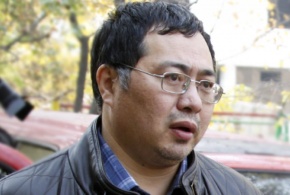 Сот белсенді Ермек Нарымбайдың мерзімінен ерте босап шығу туралы өтінішін орындамады
Сот белсенді Ермек Нарымбайдың мерзімінен ерте босап шығу туралы өтінішін орындамады
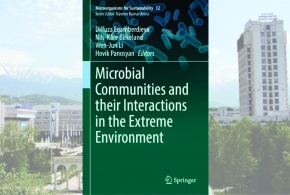 SCIENTISTS OF THE KAZNU ARE INVESTIGATING THE PROBLEM OF SURVIVAL OF MICROORGANISMS IN EXTREME CONDITIONS
SCIENTISTS OF THE KAZNU ARE INVESTIGATING THE PROBLEM OF SURVIVAL OF MICROORGANISMS IN EXTREME CONDITIONS
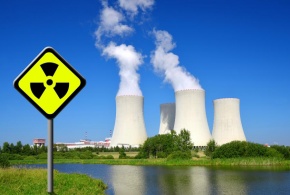 "Atomic" exam for officials of Kazakhstan
"Atomic" exam for officials of Kazakhstan
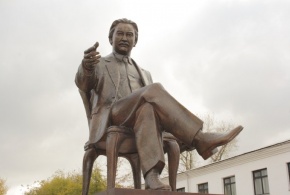 Faculty of Journalism of the Al-Farabi Kazakh National University held an annual scientific and practical conference «Bekhozhinov readings»
Faculty of Journalism of the Al-Farabi Kazakh National University held an annual scientific and practical conference «Bekhozhinov readings»
 Kazakhstan signed an agreement with Russia on the allocation of vaccine against coronavirus
Kazakhstan signed an agreement with Russia on the allocation of vaccine against coronavirus
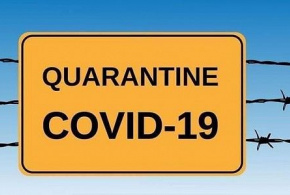 The government of Kazakhstan intends to ease quarantine from 17 August
The government of Kazakhstan intends to ease quarantine from 17 August